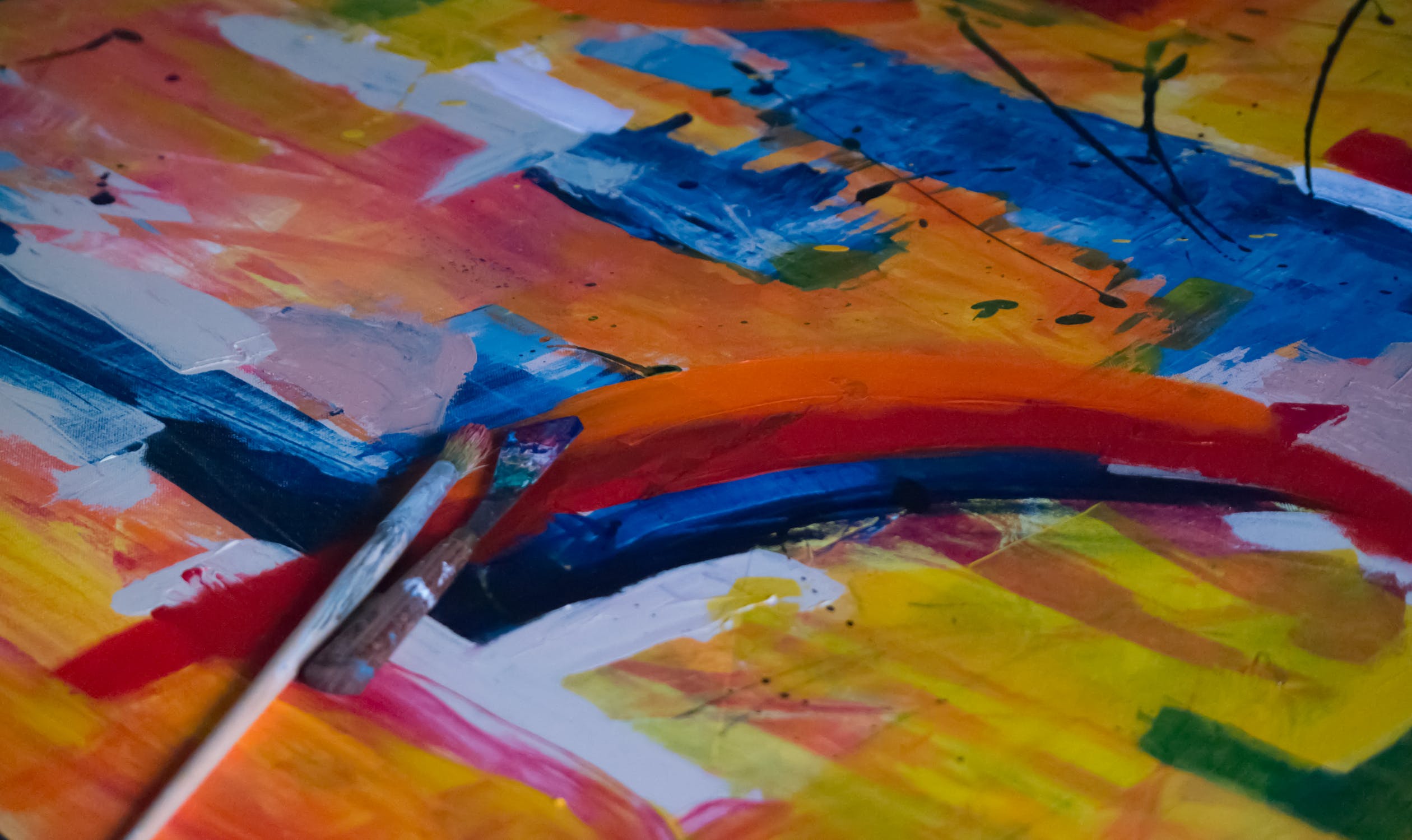 Maths, Physics & Chemistry
Maths, Physics & Chemistry
Math reveals the evolution of composition in paintings
Can we distinguish between Baroque period paintings and Impressionist paintings by only looking at the horizon’s position? We mathematically analyzed the composition of nearly 15,000 landscape paintings from a dataset of Western art history covering over 500 years. We then revealed that the particular composition most frequently appearing in paintings has changed systematically over time.

A long-standing question in art and aesthetics is if there are culturally and temporally transcendent design principles within art and, if so, how the principles evolve over time. Among various design principles, compositional techniques in painting that focus on the spatial arrangement of elements on canvas have long been the interest of researchers. For instance, the golden ratio - initially introduced by Euclid in circa 300 BCE - is a widely applied technique in the composition of artworks. For example, to apply this ratio in painting, we split the canvas into sections of specific dimensions that group together its main elements. However, until recently, controversy continued over the aesthetic preference of the golden ratio, as claims that the ratio could be found in many renowned works such as Parthenon and Venus de Milo were found to be lacking in evidence.
Then, was there a particular proportion preferred by painters in composing their works throughout certain historical periods? To answer this question, we accessed two online galleries and collected nearly 15,000 landscape paintings by more than 1,400 painters, covering the 16th-century Renaissance period to the 20th-century contemporary period. We then analyzed the composition and compositional ratio of those paintings employed by the painters. In simple terms, composition refers to how the components of a painting are placed on the canvas, whereas the compositional ratio represents how much of the canvas the components occupy.
We characterized the composition of the paintings by applying an algorithm that consecutively dissects the painted image. The algorithm compares the colors of each pixel of the image and finds a horizontal or a vertical line that divides the canvas into two sub-blocks, showing the most distinct color differences. The algorithm then seeks the most prominent division within the sub-blocks, and so on. In this way, the algorithm partitions the painting until it arrives at sections of completely identical colors.
We started by exploring the directions of the partitions in the paintings to find patterns between the algorithm’s horizontal and vertical lines. Based on our findings, landscape paintings showed a heterogeneous preference in partition direction instead of abstract paintings. We then categorized the paintings into groups based on their first two partition directions. We showed that, before the mid-19th century, the most common composition observed was the partition of the paintings by a horizontal line, followed by a vertical line. However, after the mid-19th century, paintings with composition partitioned by three horizontal lines, gradually became the most dominant type. Interestingly, this transition was observed similarly across Western nationalities.
Next, we measured how the dominant horizon (the line separating land and sky or large color differences) changed over time, as 87% of the paintings were -at first- partitioned in the horizontal direction. In the 16th century, the dominant horizon was found above the middle of the canvas; by the 17th century though, which was marked by the Baroque style, it had gradually moved downwards to the lower half of the canvas. The lower placement of the horizon remained until the mid-19th century, when it began rising toward a position one-third of the way down from the top of the canvas, reminiscent of the rule of thirds in photography. Remarkably, the frequent placement of the horizon at the one-third position was found similarly across various contemporary art movements (or ‘-isms’). It is an indication that even though the diverse movements are certainly differentiated in painting style, they show a similar pattern in terms of composition. It is worth noting that the observed smooth temporal change in composition may be rooted in true art history itself, but, at the same time, it may also relate to the selection bias of dataset curators or historical art literature.
Large-scale quantitative analyses of artworks such as ours could shed light on hidden regularities in various other art forms such as typography, film, architecture, and music. For example, exploring patterns in photographs on today’s social media platforms, such as Instagram and Facebook, could reveal interesting geographic and temporal patterns of human creativity.
Original Article:
Lee, B. et al. Dissecting landscape art history with information theory. Proceedings of the National Academy of Sciences 117, 26580-26590 (2020)Edited by:
Polyxeni Damala , Senior Scientific Editor
We thought you might like
DNA of Things: how a plastic bunny got DNA
Sep 14, 2020 in Maths, Physics & Chemistry | 3.5 min read by Julian Koch , Robert N. GrassRecovering data you have never seen
Apr 15, 2021 in Maths, Physics & Chemistry | 4.5 min read by Rik VoorhaarMore from Maths, Physics & Chemistry
Testing gravity through the distortion of time
Sep 20, 2024 in Maths, Physics & Chemistry | 3 min read by Sveva CastelloStacking molecular chips in multiple dimensions
Aug 30, 2024 in Maths, Physics & Chemistry | 3 min read by Lucía Gallego , Romain Jamagne , Michel RickhausReversible Anticoagulants: Inspired by Nature, Designed for Safety
Jun 12, 2024 in Maths, Physics & Chemistry | 4 min read by Millicent Dockerill , Nicolas WinssingerDistance-preserving moves always keep a point fixed
May 18, 2024 in Maths, Physics & Chemistry | 4 min read by Shaula FiorelliA resonance triggers chemical reactions between the coldest molecules
Apr 5, 2024 in Maths, Physics & Chemistry | 3 min read by Juliana Park , Wonyl ChoiEditor's picks
Trending now
Popular topics


